Save water instead of wasting it

Water- The basis of all life. Rare in some regions, abundant in others. About three quarters of our earth is covered with water. However, 97.5 percent of this is salt water and not suitable for us humans as drinking water. Of the remaining 2.5 percent, only 0.3 percent is accessible to us.
What is the private water consumption?
Surveys from 2018 showed that Germans consume 127 liters per day per capita. This results in an annual consumption of 46,355 liters per person. Half a century ago, experts assumed that we would soon exceed 200 liters per capita daily consumption, as water consumption has steadily increased. But since 1990, consumption has fallen by 20 liters.
Why has consumption dropped?
- Further development of technologies that lead to electrical devices becoming more energy-efficient and water-saving
- Awareness of environmental protection and sustainability has grown
- On the other hand, there is a growing awareness of the need for careful use of water as a resource: after all, saving water also means protecting the environment and the climate.
Compared to 2017, however, consumption has increased again by 4 liters per capita. Since the consumption was even at only 123 liters per day. A possible explanation would be the extremely hot summers as a result of climate change. However, there is no clear scientific evidence for this explanation.
The most important facts at a glance:
- Water consumption per capita in Germany: an average of 127 liters per day
- Personal hygiene is usually the largest item for water in the household, followed by flushing the toilet
- On average, hot water is up to 4.5 times more expensive than cold water
The biggest part
Occasional bathing or daily showering accounts for 40 percent of all the water consumed in the home. Since warm or hot water is predominantly used for personal hygiene, a great deal of energy is expended to heat the water. So, minimizing water consumption when showering can be easily achieved by starting to reduce our shower time. In Germany, about 40-60 liters of water are used per shower, although 20 liters are sufficient.
- A conventional shower head consumes around 12 liters per minute
Do you know " Hydrao "? With their economical shower heads, you only use 6.6 liters per minute. In addition, the shower heads have a mini turbine and are therefore energy self-sufficient. The turbine is driven by the passing water jet and enables the shower head to light up. Depending on how much water you have already used, the shower head lights up in a different colour. Consumers are much more aware of how much water we use per shower. The whole thing can also be tracked and individualized via app.
Who uses how much?
We all use water every day: for showering, brushing teeth, doing laundry, or flushing the toilet. However, most of the available fresh water is consumed by agriculture. Private households and municipalities account for only twelve percent. Agriculture, on the other hand, accounts for 69 percent. The remaining 19 percent is attributed to industry.
Industrialized countries have the highest per capita consumption of water. The 10 countries that extract the most water from the earth are:
- India
- China
- USA
- Pakistan
- Indonesia
- Iran
- Vietnam
- Philippines
- Japan
- Mexico
Have you ever wondered how it can be that water reserves are declining when water is part of a cycle?
How does the water cycle work?
As water evaporates from the oceans and land surfaces and rises as water vapor, this vapor enters the atmosphere, where it condenses and falls back to earth as precipitation. Water is therefore an infinite resource and, unlike fossil resources such as coal and oil, cannot be used up. The total amount of water in the world remains the same.
However, the amount of usable water may change. Viewed worldwide, this is already at its maximum. In many regions of our planet, water resources are used more than is sustainable in the long term. As a result, a third of the world's largest groundwater systems are already under threat.
Human demand for water has increased sixfold since 1930. The increasing demand for water can be explained by the growing world population. The more people, the more water is needed.
What you can do
We have already introduced you to one way to reduce your water consumption at home when showering. However, since almost 70 percent of water is used for agriculture, consumers can also reduce water consumption by shopping more consciously. Anyone who buys regional fruit and vegetables not only saves long transport routes and thus emissions, at the same time it is also prevented from being cultivated in regions where water is already scarce. Organic food is also generally good for the groundwater, since artificial pesticides and mineral nitrogen fertilizers are not used here.
A vegetarian and vegan diet also helps to minimize the consumption of so-called digital water. Digital water is the water that is consumed, evaporated or polluted in the manufacture of products. When it comes to the consumption of digital water, the Germans are far ahead and consume around 4,000 liters per day. Over two thirds of these 4,000 liters are imported. For our consumption, water is used abroad, which the local people then lack.
Then why should you eat less meat?
This is due to the high consumption of digital water for livestock. If you assume that a cow lives for about three years before it is slaughtered, it will drink thousands of liters of water during this time. Added to this is the water consumption for cleaning the barn. However, most of the water is used for irrigating animal feed. It takes around 15,400 liters of water to produce just one kilogram of beef.
This digital water usually remains “invisible” for us consumers: this is why it is all the more important that we think about it and deal with the problem and change our consumer behavior.
Our tip:
Not only can you really save water with your shower head, but also with your tap. Here, too, there are special attachments for more economical water consumption. It is also worth taking a look at your visual water consumption. You can save, for example, by paying attention to regional and seasonal groceries when making your purchase.
If you would like to be informed directly about the latest blog posts, please follow us Instagram ! :-)

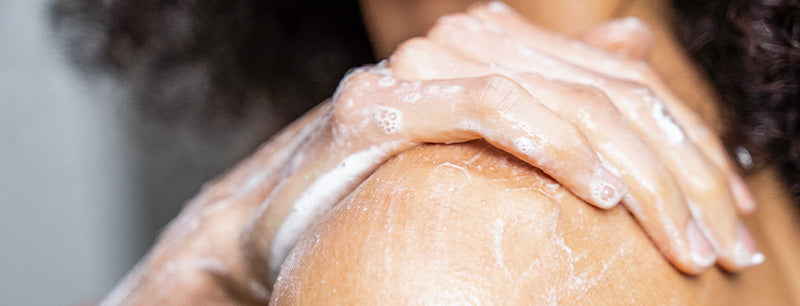



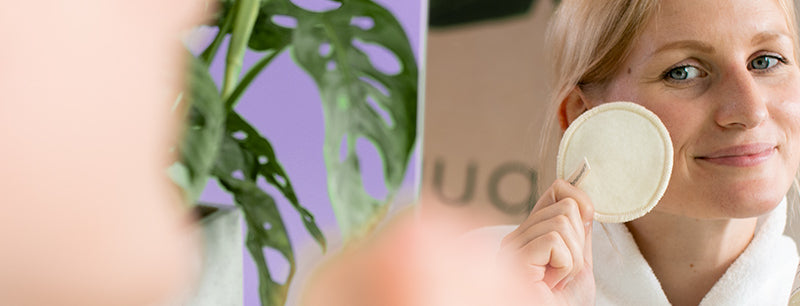













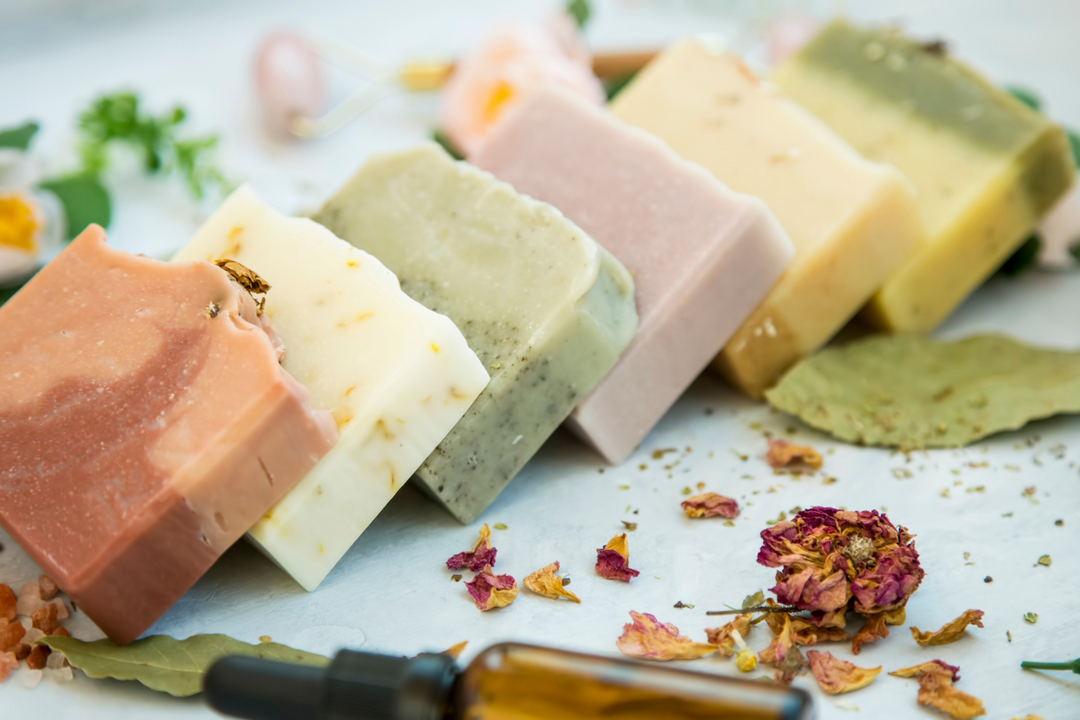

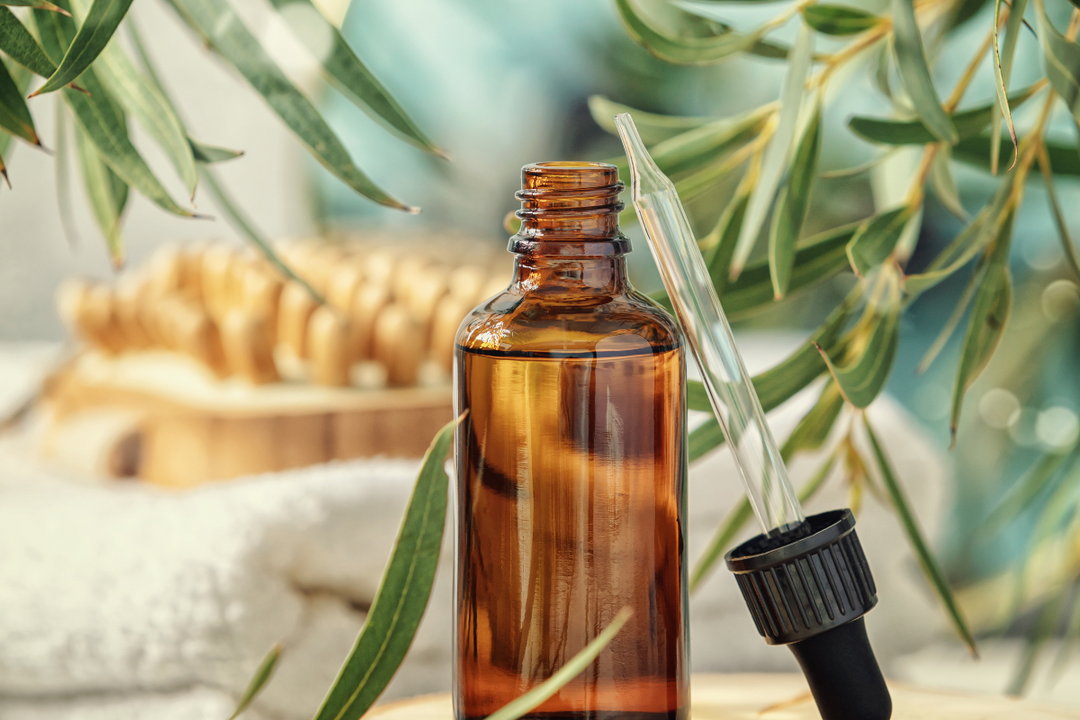
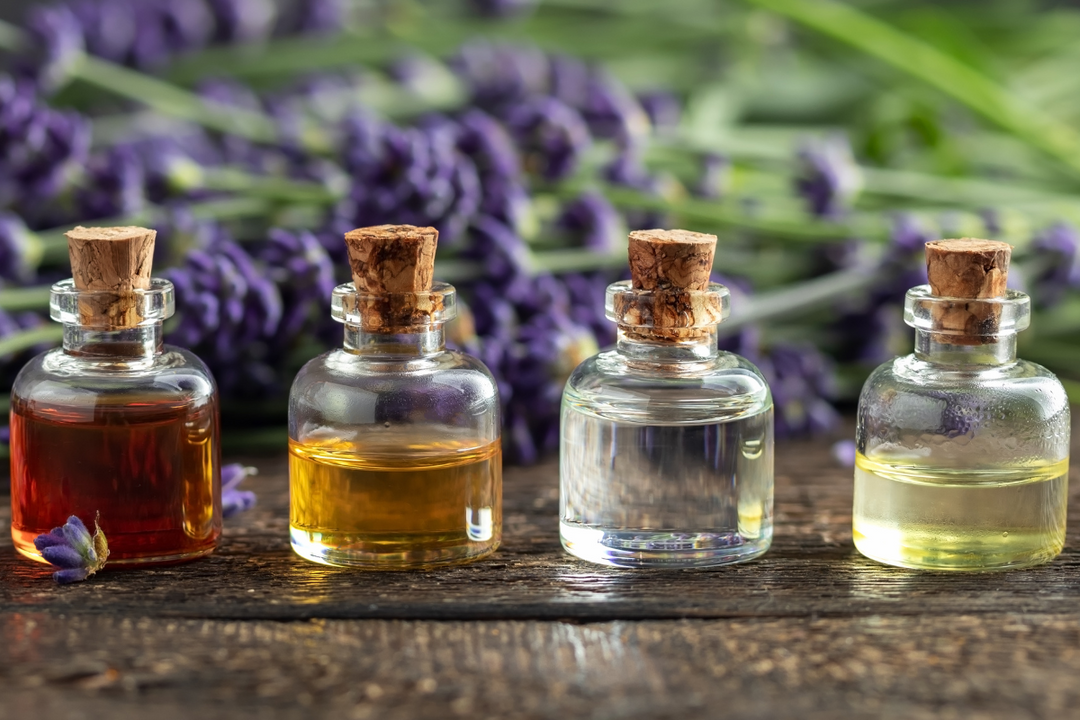

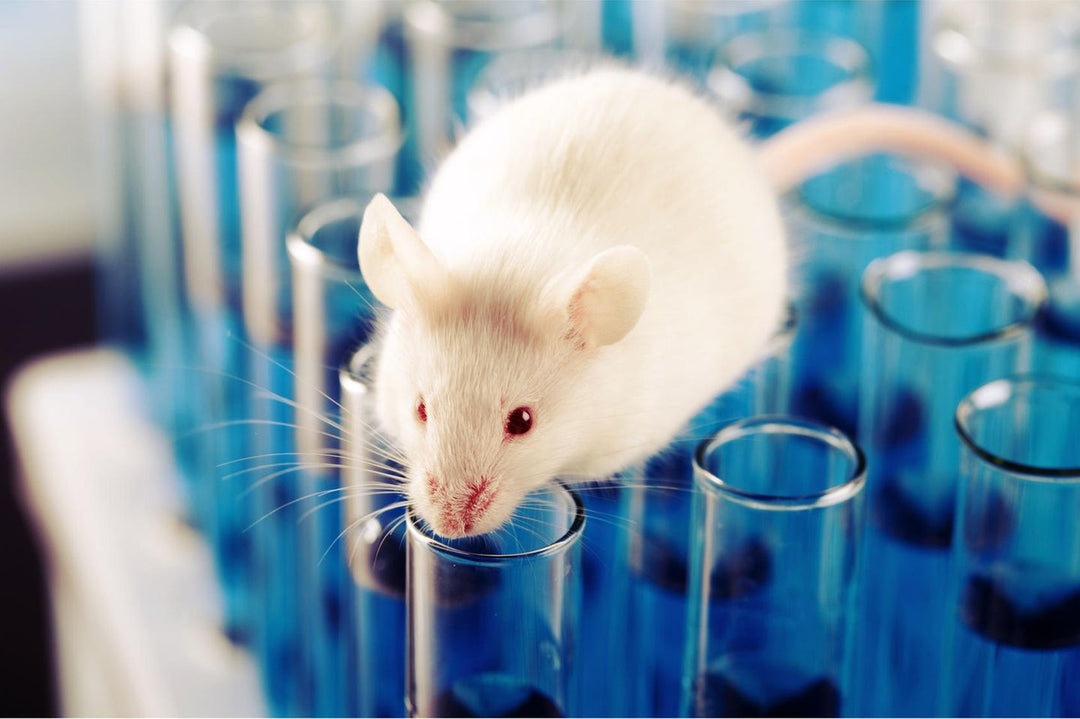


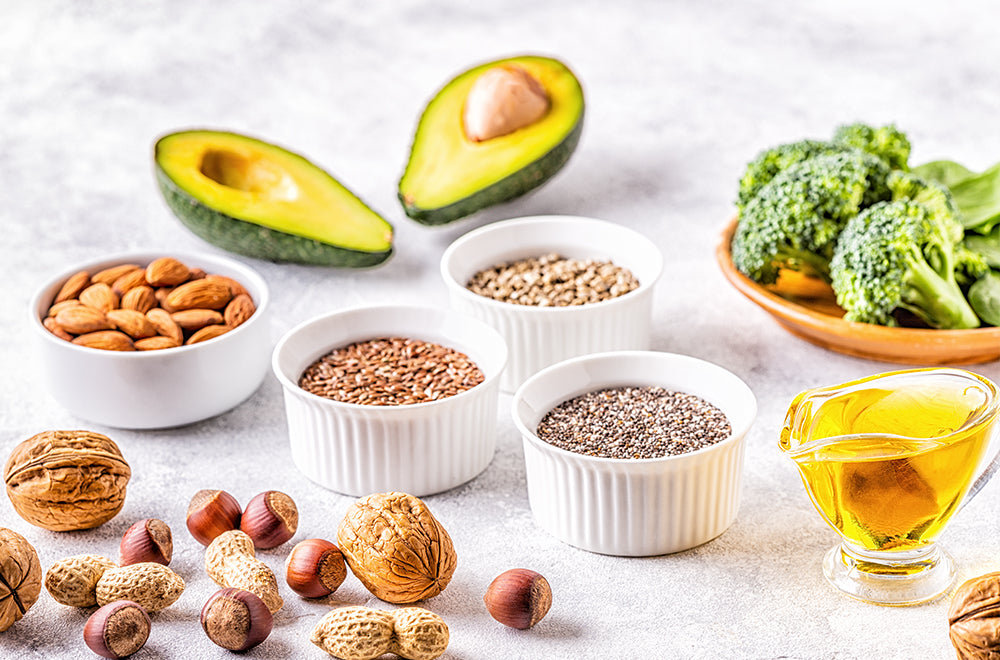


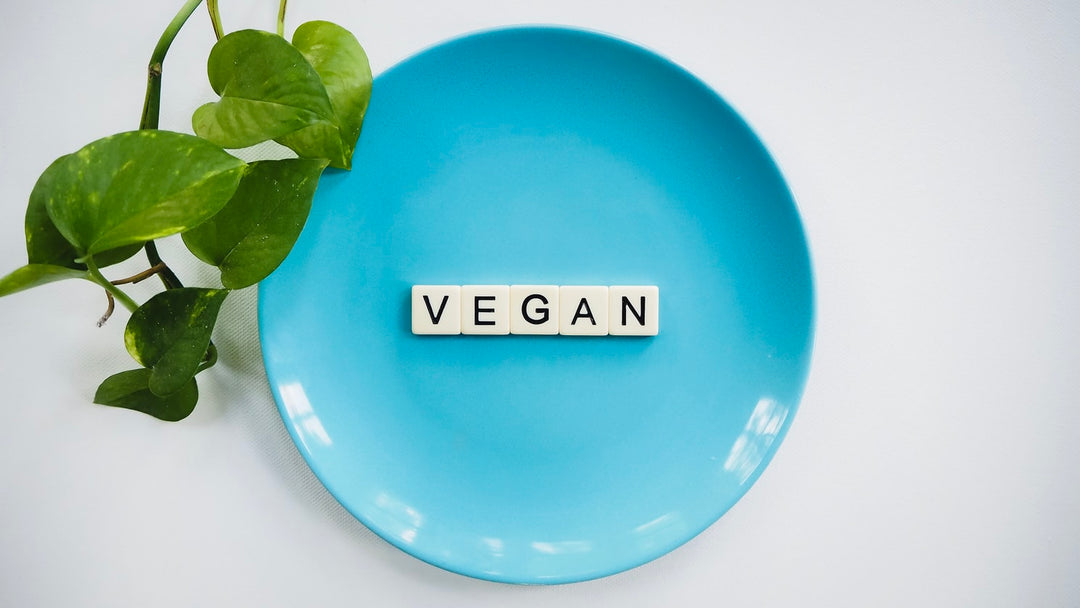





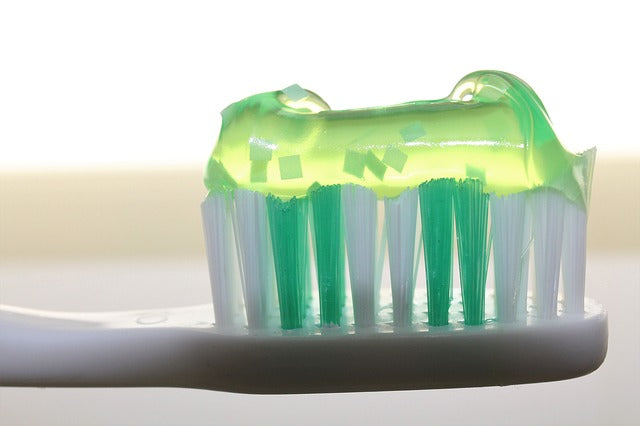
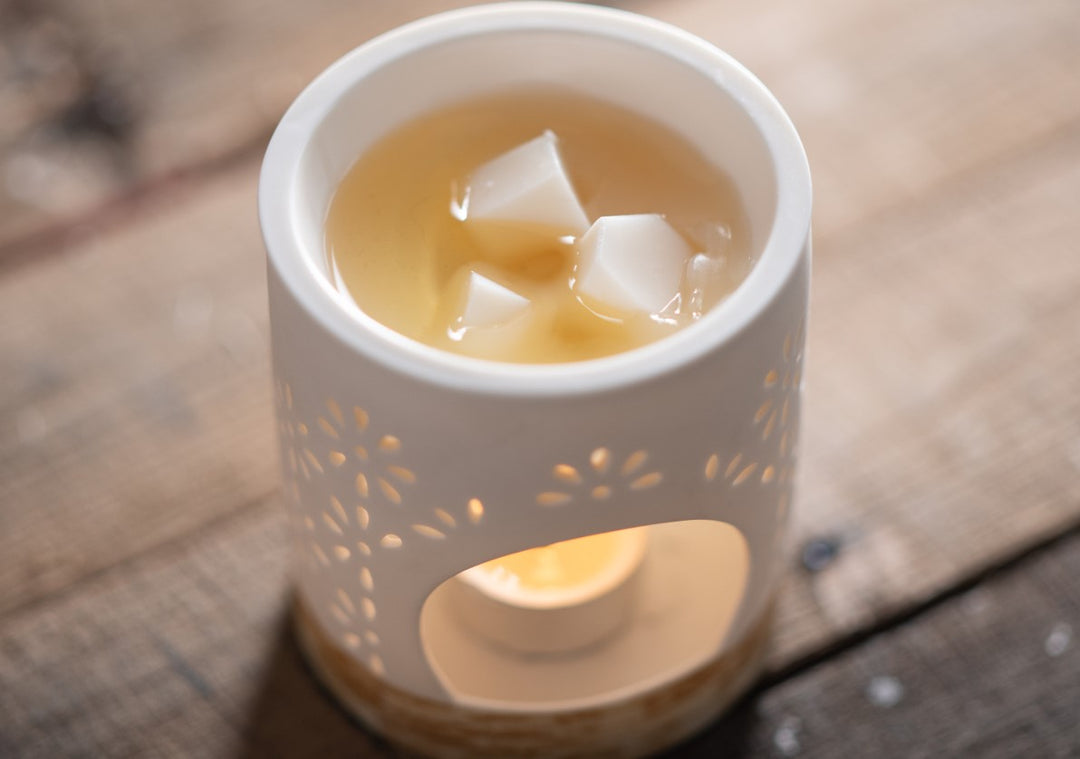
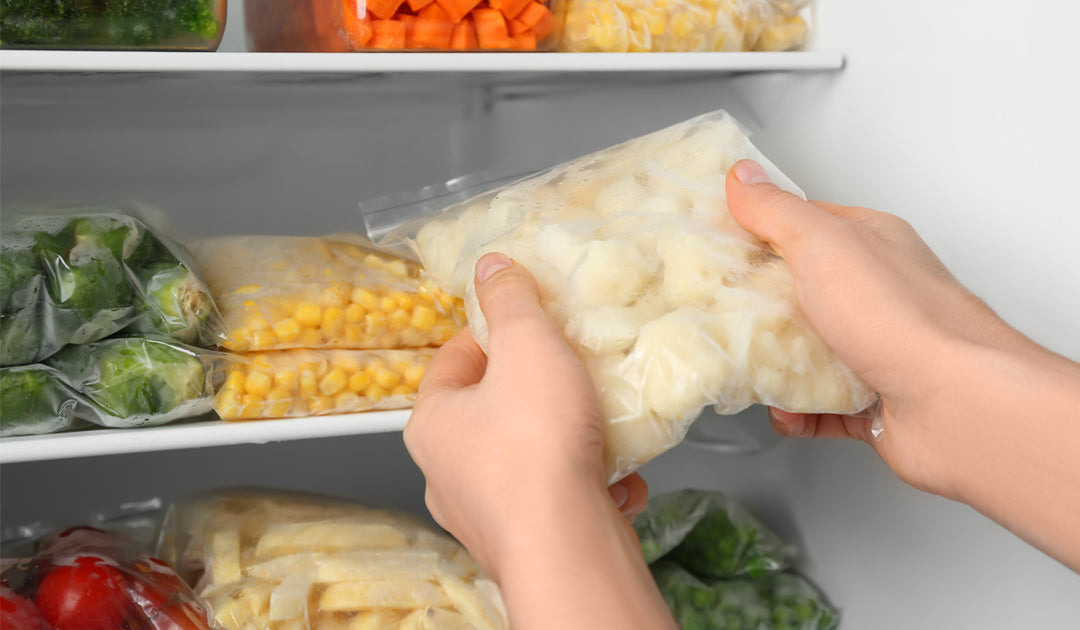
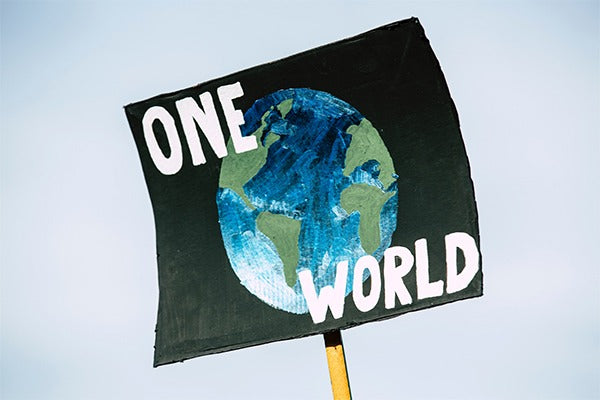


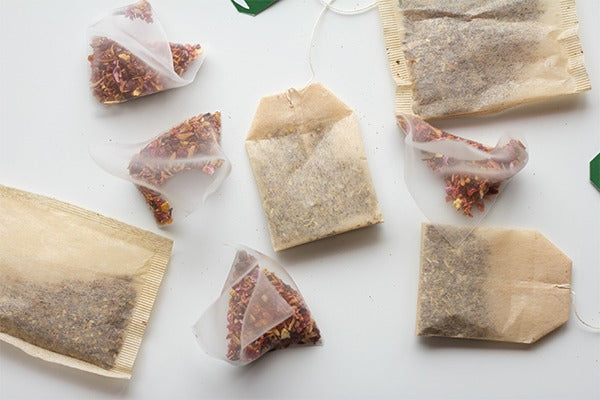
Leave a comment